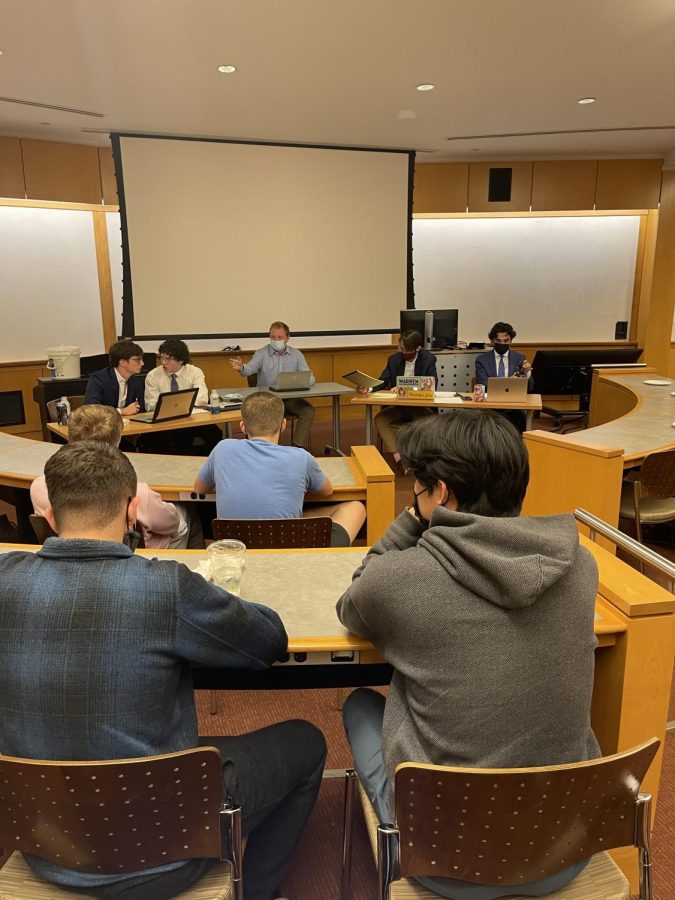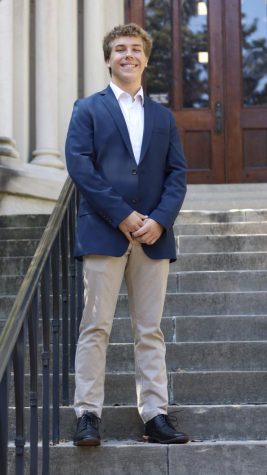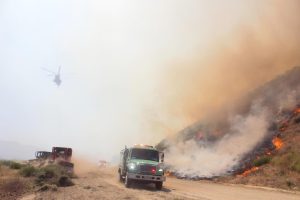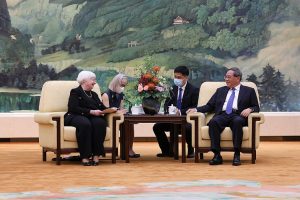Vanderbilt Democrats-Republicans Showdown: The Green New Deal
October 28, 2021
With an impending climate crisis on the horizon, many efforts have been made both on campus, with organizations like Dores Divest, and off campus, with climate strikes happening around the world, to bring attention to the issue. On October 26th, 2021, Vanderbilt College Republicans (VCR) , represented by Alec Boulton and Jordan Esrig, and the Vanderbilt College Democrats (VCD), represented by Devon Shewell and Jayce Pollard, had a debate in Kissam C216 on whether or not Congress should pass The Green New Deal. About 60 students showed up to watch the debate, and great points were brought up on both sides of the argument; however, let’s just say that it was not your typical, formal debate.
The Green New Deal, since its proposal in 2019, has been a source of heated controversy between Democrats and Republicans. Some Democrats claim that it is the ideal solution to the climate crisis, while some Republicans claim that it is an infeasible attempt at solving climate change and will never get passed.
As a quick summary, The New York Times says the bill calls on the federal government to “dramatically reduce greenhouse gas emissions, create high-paying jobs, ensure that clean air, clean water and healthy food are basic human rights, and end all forms of oppression.” The representatives supporting the bill are calling for a 10 year mobilization of the US to reduce overall carbon emissions, and hopefully get to net-zero carbon emissions by 2050. They expect to do this by investing in wide-spread infrastructure changes such as sustainable farming and land use practices, creating zero emission vehicle infrastructure, and “eliminating pollution and greenhouse gas emissions as much as technologically feasible.”
Jacob Hale, Editor-in-Chief of the Vanderbilt Political Review, moderated the debate, and began by reading out the rules to each side and asked that they abide by the rules of debate for the sake of time and fairness. VCD went first with their opening arguments, and it started with a bang. The representative from VCD stood up, and started his speech by saying “I’m not sure if it is my mask that identifies me as a Democrat, but I ask that the opposing team please put their masks on since they are not actively eating or drinking.” The opposing team picked up their water bottles and said “Cheers, we are actively drinking.” This confrontation is what really set the tone for the night.
Starting out, VCD made their opening arguments by elaborating on the idea that we need to put climate change in both the social context, that it unproportionally affects marginalized groups of people, and in the economic context, that climate change would have major economic consequences. VCR then made their opening arguments, making the claim that the earth is indeed heating up and that humans can do something about it, but that in a free market, we should rely on entrepreneurial individuals to help and that they are going to have the most impact, not the government. They also made the claim that it is the developing countries that are using the most fossil fuels and are making the most impact on climate change, and that they are “caressing the egos of the progressives” by getting progressives to believe that they need help from the US because of the state of their countries. They also brought up two alternatives to the Green New Deal: a carbon tax and nuclear energy. VCD rebutted, saying that nuclear energy is not a valuable alternative. Dumping toxic waste in places Republicans think is invaluable, like indigenous people’s land, is not something that we should be doing. VCR then made the claim that this has nothing to do with indigenous people, and that there aren’t any indigenous lands in America, so “Why would we need to ask them?” This back and forth then led us to the next round of the debate, cross-examination.
During the questioning round, personal attacks were thrown from the VCD, saying “I did not think we were going to be having the consent discussion tonight, but when you look like the other side, I guess we always have to talk about consent.” VCR came back with raised voices and a change of tone towards VCD, both of which switched the course of the debate less on the passage of The Green New Deal, and more so attacks on each other. After this first questioning round, moderator Jacob Hale reminded both sides that personal attacks would not be tolerated, and that they needed to focus on the topic at hand.
During the second round of arguments, VCD elaborated on the point that it is not about immediately changing the entire infrastructure of the US, but that we needed to do so through phases, and as much as technologically possible. They also brought up the other side’s argument on entrepreneurs, saying that these issues are too large for single people to fix, and that that is why we have the government — because single individuals cannot solve major first world problems.VCR, during their round, again brought up the fact that climate change is real, but that The Green New Deal is “absolutely horrendous” and hopes that “no one leaving this room will support it.” But what may seem a little ironic about this is that the other representative from the College Republicans, during his argument, made it a point that climate change has nothing to do with the Green New Deal, and that it is just a “liberal agenda” to get what Representative Alexandria Ocasio-Cortez wants. This completely contradicts what the other debater was trying to get across, and made it difficult for the audience to understand what their actual argument was. They also made the claim that climate science is a “pseudoscience” and that “climate scientists have generally always been wrong in the past.”
Overall, this debate was a debacle. Yelling, cussing, and personal attacks were thrown by both sides, making it a little unclear as to who the true winner of the debate was. Through all of the mess, great points were made by both sides for the filled room in Kissam to take home and think about, and through this, hopefully viewers were at least able to see and try to understand a view other than their own.
Image by Dylan Garwick








